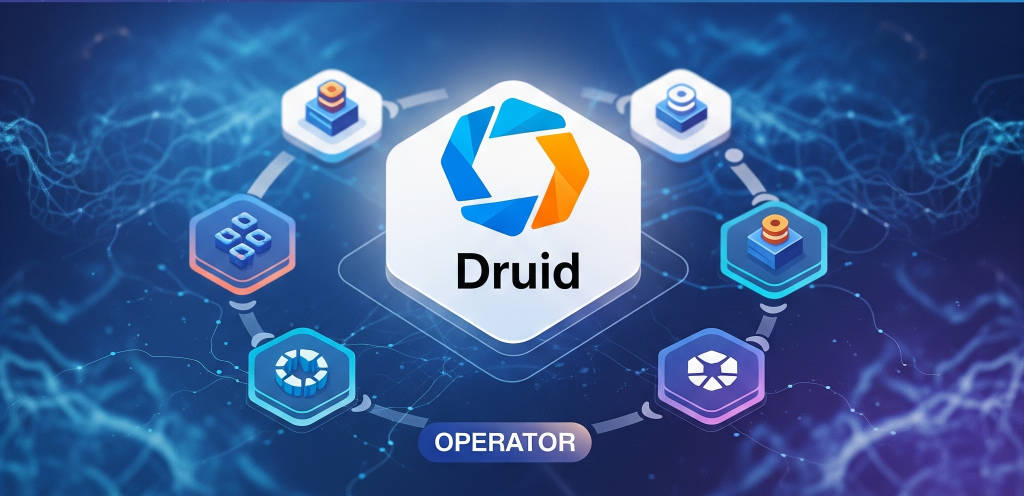This guide builds on Infrastructure Setup for Enterprise Apache Druid on Kubernetes – Building the Foundation, […]
This article is part of a series on deploying a production‑ready Apache Druid cluster on Kubernetes. […]
This article is part of a series on deploying a production‑ready Apache Druid cluster on Kubernetes. […]
Series: Installing a Production-Ready Apache Druid Cluster on Kubernetes — Part 1: Infrastructure Foundation This is […]
Discover how to expose enterprise data for AI indexing with Java and Spring using the jsonld-schemaorg-javatypes library for NLWeb. Learn to leverage Schema.org, JSON-LD, and OrientDB for semantic search, knowledge graphs, and interoperability, with sustainable Fair Code licensing.
The Atlas is specific in detailing an area's geographical and political features, which brings us to mapping projections, crucial for geospatial data analytics.
Spatial aggregation is one of the techniques used to ensure data is protected when citizens disclose their personal information during census.
One major strength of Geohashing is that it can also be used to provide a good degree of anonymity.
Visualizing geospatial data can help users communicate how different variables correlate to geographical locations by layering the same variables over maps.
Geospatial data has morphed into one of the most in-demand forms of data. Before the different commercial industries started tapping their potential, Geospatial Data was mainly used by the military, maritime, aeronautical organizations, and intelligence agencies.





